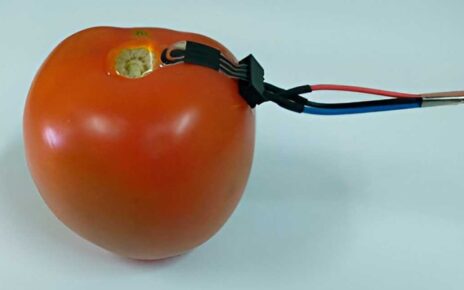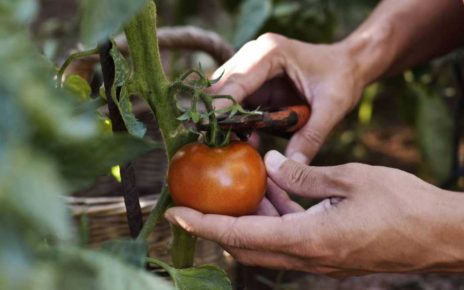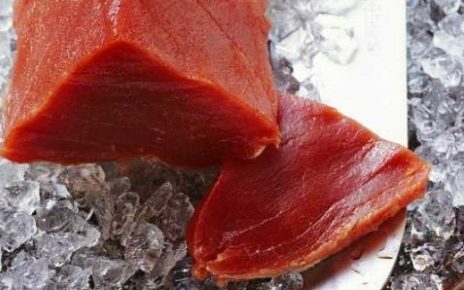Fermented foods are a rich source of lactic acid bacteria (LAB), which are potentially probiotic. But when such foods are consumed, how many LAB become part of the microbiome?
The majority of fermented foods – including kefir, yoghurt, and cheese – contain thousands of live lactic acid bacteria (LAB). Several strains of LAB are well-known probiotics, the most notable of which belongs to the genus Lactobacillus.
Foods containing LAB, therefore, are presumed to boost their health properties. Yet until now, it has not been known to what extent the LAB we ingest when consuming these foods become ‘members’ of the gut microbiome.
A new international study has harnessed computational analysis to demonstrate that genetically identical bacteria found in food can also be found in the gut as part of the microbiome.
Computational analysis
Genetic information from LAB strains (genomes) found in fermented foods and in human faeces were analysed by researchers at the University of Naples Federico II and the University of Trento in Italy, and at Teagasc and the APC Microbiome Ireland SFI Research Centre in Ireland.
The international team analysed 9445 metagenomes from human samples, and reconstructed LAB genomes from about 300 foods, to look at the distribution of LAB in humans based on geographical origin, age and lifestyle.
According to their findings, the prevalence and abundance of LAB species in stool samples is generally low and linked to age, lifestyle, and geography, with Streptococus thermophilus and Lactococcus lactis being most prevalent. These strains are commonly found in yoghurt and cheese.
Consuming LAB-rich foods may enrich our intestines
The researchers also compared the DNA sequences of around 3,000 LAB genomes. The analysis revealed a high level of similarity of LAB from food with those from LAB from the human gut.
From these findings, the scientists suggest that consuming foods rich in LAB can enrich our intestines with these potentially probiotic microorganisms.
“Fermented foods are the principal ecological niche for LAB in nature. Our results support the hypothesis that food is the major source of LAB for the gut microbiome,” said senior study author Professor Danilo Ercolini, from the University of Naples Federico II.
“This research also offers hints and methodologies to implement novel strategies for tracing the life of probiotics and other LAB from foods and/or supplements all the way to the human body. This research opens new horizons for studies on potentially health promoting foods.”
Source: Nature Communications










